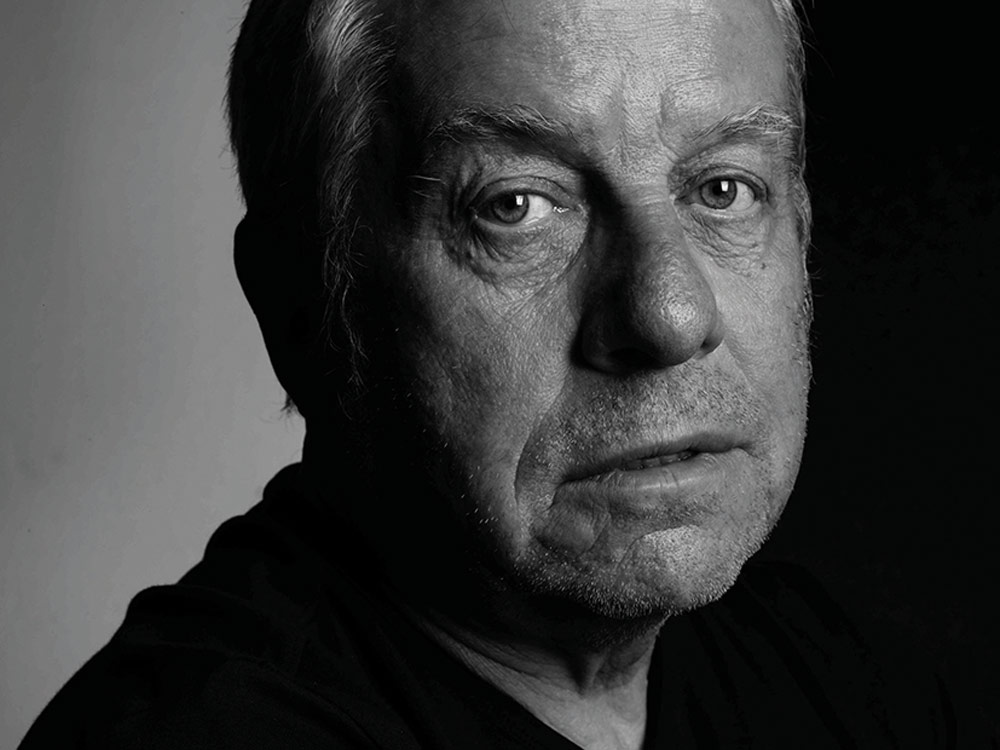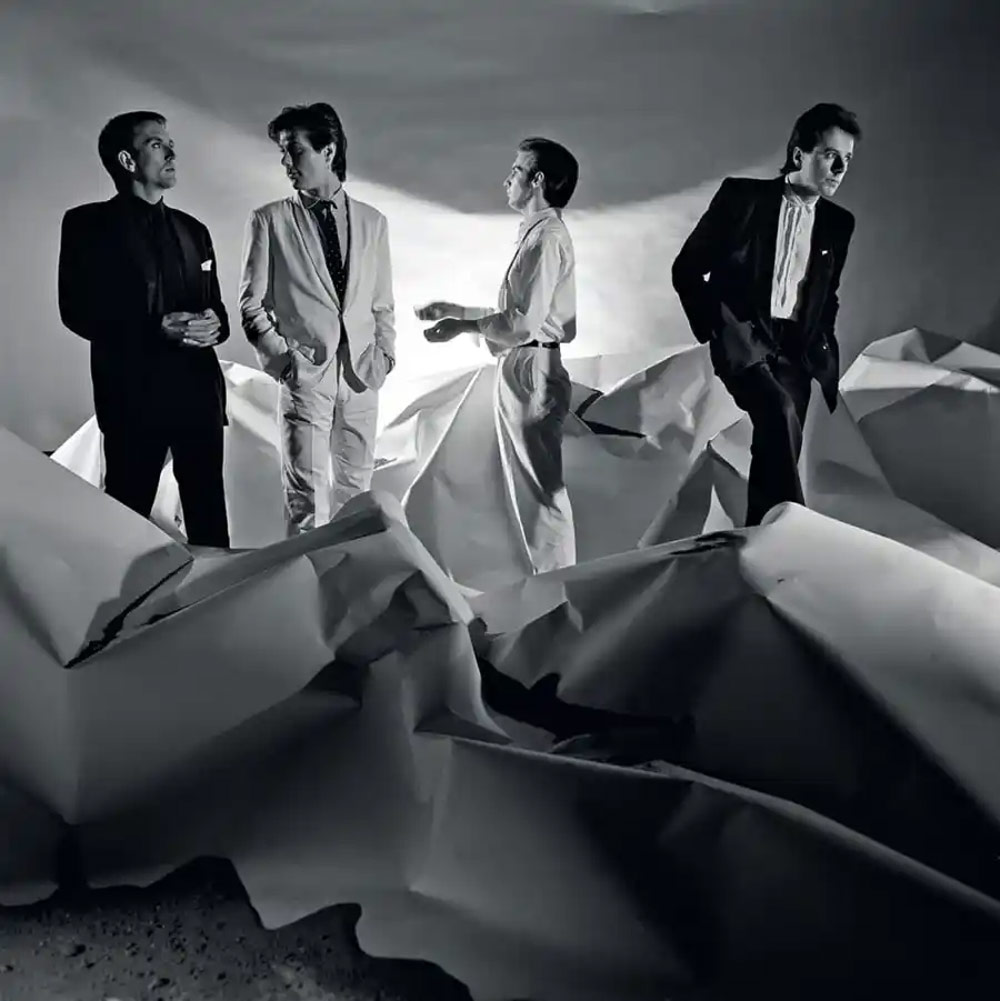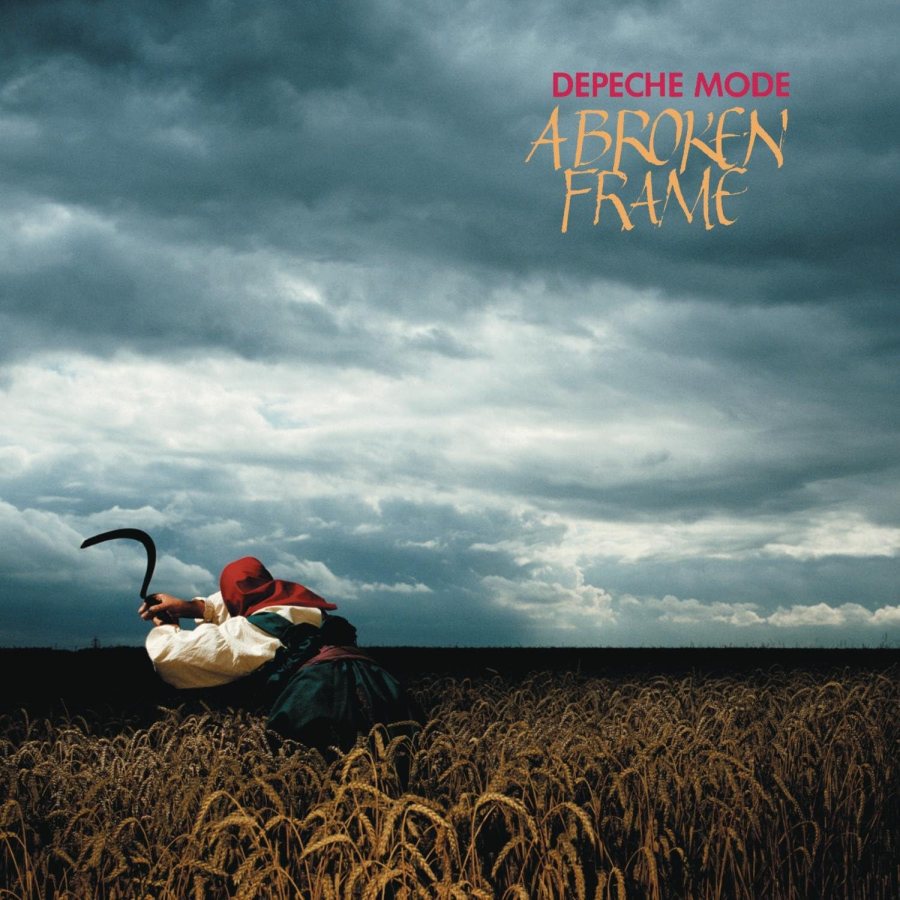We are sad to report the death of Brian Griffin, a top commercial, portrait and documentary photographer who passed away in his sleep on January 26th aged 75.
While Brian Griffin was chiefly famed for his portraits of musicians – he shot now iconic album covers for Depeche Mode and other top acts – he also undertook a diverse range of portrait and documentary projects, from promoting the 2012 London Olympics to Himmelstrasse, about the railway lines leading to Nazi concentration camps.

His acknowledged influences included film noir, surrealism and the Renaissance masters. Griffin was also an accomplished film maker and directed a number of music videos and TV commercials from 1991 to 2002 (his ad clients included British Airways and Sony).
A proud Brummie, Griffin gave a lot back to the city, and received an honorary PhD from Birmingham City University in 2014.
Brian Griffin’s diverse career
Born in 1948, Griffin started his working life in the steel industry, and after joining a local camera club, began to see the camera as a way out of a humdrum job. ‘I put some pictures in a Boots photo album and tried to get a place at an art college,’ he told AP in 2017. ‘I got into Manchester Polytechnic. I was 21 and, to be honest, I wasn’t that interested in photography. It was a form of escape.’
Going to college was fortuitous, as his peers included Martin Parr and Daniel Meadows. As a freelancer, he built a strong reputation as a creative corporate photographer.
‘I was a pretty confident guy. I thought I was very good but it’s debatable whether I was or not! I left college and started doing editorial photography, essentially of businessmen – for Management Today, Accountancy Age, Computing, Marketing… all those kinds of magazines.’

Several years later, in the late 1970s, his background in shooting men in suits was to prove a useful entry point into the music industry. Some of the top bands of the time, such as The Jam and Elvis Costello and The Attractions, eschewed leather, ripped jeans and safety pins for a more dapper look.
‘Post-punk [bands] tended to dress quite smartly and were quite fashion-conscious,’ explained Griffin. ‘I thought they looked just like the businessman I was photographing, so I wondered if I could get a job shooting music.’
With an editorial client list that already included Esquire (US), Rolling Stone, Radio Times, The Sunday Times, The Sunday Telegraph, The Observer and Car magazine, Griffin was well placed to expand his business.

He recalled: ‘I got my first studio, which was in Rotherhithe Street, London, in 1980. I was technically quite adept because I’d studied engineering, so during the analogue days I was right ‘on it’ mathematically with exposures and all sorts of stuff.
I could really get on top of things, hone my technical virtuosity and I made a great success in the ’80s through this studio. You need a studio to get really deep into photography and the analogue days helped with this because you could build multiple exposures and exciting things!’

Griffin’s work is on permanent display at the National Portrait Gallery, and he received a string of accolades during his lifetime, including a centenary medal from the Royal Photographic Society and induction into the Album Cover Hall of Fame. Our condolences to his family and friends.
Further reading
Photographer Brian Griffin on creating his iconic album shots
How to shoot live music
Greatest album photography: Aladdin Sane by David Bowie







